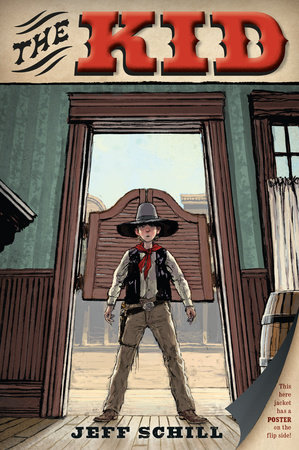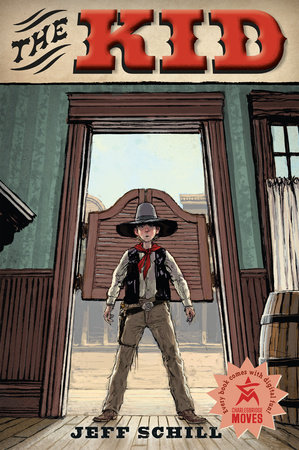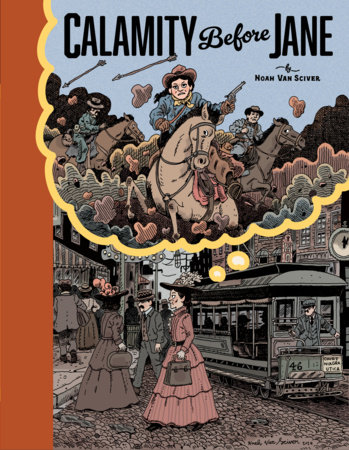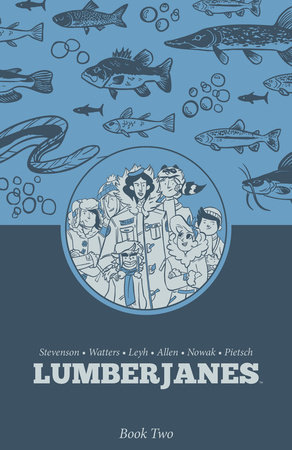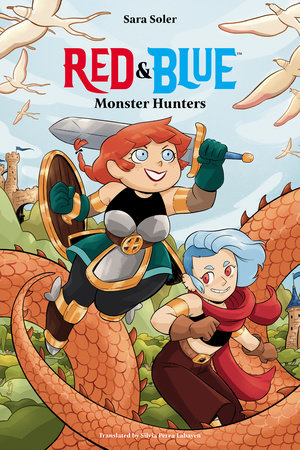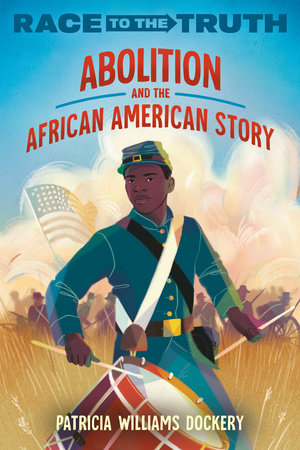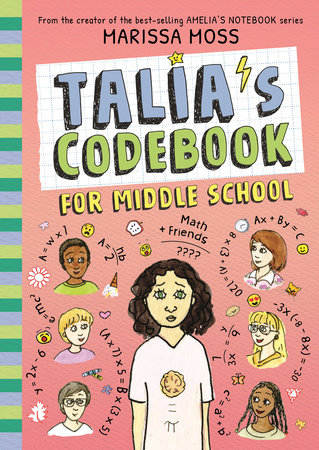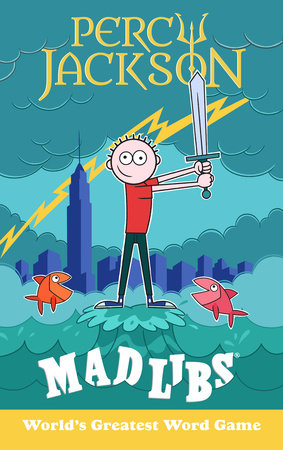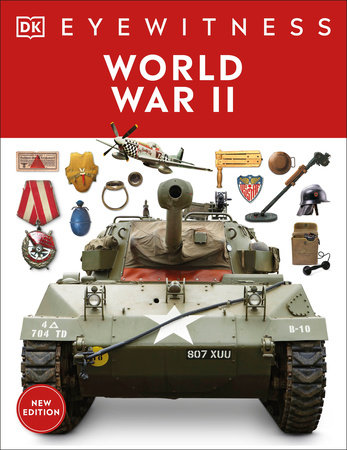Four young orphans go to great lengths to keep their family’s farm and stay under the radar in Destiny, Colorado, in 1881.
Fourteen-year-old Henry Upton’s father has died and is buried next to Mama. Now Henry and his three younger brothers are all alone. Determined to keep them all safe and together, he makes a deal with the local sheriff, who agrees to keep quiet until a caretaker can move in and serve as guardian, so the family won’t be split up. Knowing there may be some bad actors who would take advantage of four kids living alone on a prime piece of land, Henry decides to deter them by writing stories about The Kid, a juvenile lawman who can beat even the wickedest of criminals. The stories, which are set in Destiny, are published in Gunslinger Magazine, and The Kid’s reputation takes on legendary status. But the plan to keep villains at bay backfires when Snake-Eye Sam wants to claim his share of the fame by killing The Kid—and he escapes from the Arkansas State Penitentiary to do just that. Despite the brothers’ desperate situation and the high stakes, the humorous, folksy language supports the worldbuilding, which leans into archetypes of the American West. Henry’s The Kid stories are interspersed between chapters that jump around in time and location and can at times be hard to track. Most characters read white.
A swashbuckling adventure.
—Kirkus Reviews
Following his parents’ deaths in 1881, 14-year-old Henry is ready to do whatever it takes to keep him and his younger brothers together on the family farm. Henry strikes a deal with local sheriff Quigley: if Henry can use his writing talents to get rid of outlaws, the sheriff won’t report his parents’ deaths to the state. And so begin the tales of the Kid, whose stories Henry sells to editor Herbert at Gunslinger magazine to keep him and his siblings afloat and evildoers away from his Destiny, Colo., hometown. Soon, the Kid becomes the most legendary gunslinger to ever drink sarsaparilla. His visage graces the cover of every magazine because stories of his adventures make the big bucks. Everything is going according to plan until outlaw Snake-Eye Sam escapes from Arkansas State Penitentiary and vows to kill the Kid to prove that he’s the “fastest gun in the West.” Schill employs the high-octane setting of the Wild West to levy harsh depictions of the realities of Henry’s everyday caring for his brothers. The Kid’s adventures are woven throughout alongside Henry, Herbert, and Snake-Eye Sam’s atmospheric third-person perspectives. Major characters cue as white.
—Publishers Weekly
The Kid is the fastest draw in the West, and Gunslinger Magazine can’t get enough of his stories. He may be planning to outsmart horse thieves, save the gold on the Wells Fargo wagon, or turn some other miscreant over to his friend the sheriff. But those stories are only a part of this narrative. Henry, the 14-year-old author of these tales who’s known as The Boy, is left to care for three younger brothers and the family farm. When Sam, The Outlaw, is first introduced, he kills 11 prison guards to escape from jail, and while he is not redeemed as the story progresses, his inner dialogues reveal more depth about his grief and abuse than might be expected from a traditional villain. Herbert, The Editor, is an unprepared Easterner, thrown into a dangerous situation that simultaneously terrifies and thrills him. As Herbert says, “details…do make the story” and this one includes colorful particulars about the characters, setting, and never-ending drinks of sarsaparilla to make it come alive. Throughout the story, the idea of appreciating differing talents is developed. The only way the four Upton boys have made it on their own for a year has been through doing what each does best. They go against Sam in the same way, and just like with the farm, it takes all of them, plus Herbert, to achieve success. Through an alternating first-person point of view, the inner thoughts of each of the three protagonists are explored and contrasted. Henry shows determination as he desperately tries to achieve the near-impossible; Sam is fueled by a blinding anger; and Herbert is balancing under-preparation, overconfidence, and a sincere desire to help his new friends. VERDICT The wide-ranging narrative requires a patient reader to engage with the story until the dusty roads converge, but hang on until the showdown at high noon for a smartly satisfying Western adventure.
—School Library Journal
It’s 1881 in Destiny, Colorado. Fourteen-year-old Henry Upton and his three younger brothers have just buried their father. Their mother passed away several years earlier, and now they must manage the homestead by themselves. Henry comes up with a plan to help them get by: he writes stories and sends them east to be published. These stories feature The Kid, a young hometown hero who thwarts a variety of evildoers; they are the product of Henry’s imagination, but he has passed them off as true stories—and they are successful beyond his wildest imagination. Indeed, his editor, Herbert (“pronounced air-bear. It’s French”), heads west to encourage him to write even more. Also headed west is Snake-Eye Sam, a would-be-notorious criminal who is newly escaped from an Arkansas prison and headed to Destiny for his own rendezvous with The Kid. Their narrative strands are interwoven with Henry’s main narrative and the occasional story about The Kid (in a typewriter-esque font). Henry and company ultimately prevail—for real, this time—but not without lots of adventure, dollops of humor, and a little bit of heart. There aren’t too many Westerns written for middle-grade and middle-school readers nowadays, but Schill’s debut is an entertaining genre entry.
—The Horn Book
For bringing robbers and desperadoes to justice, no one in the annals of the Old West could match the accurately named “Kid” for quick guns and quicker wits. So it is that Snake-Eye Sam, the most murderous gunslinger of all, sets out to show who’s quickest on the draw by blasting the laconic little lawman to kingdom come—unaware that The Kid and all his exploits are fictional creations of 14-year-old farm boy Henry Upton and his tinhorn magazine editor from Philadelphia. In a rousing yarn that builds to a suspenseful climax while tweaking just about every trope in the genre, Schill brings his cast together at high noon on the dusty streets of Destiny, Colorado, for a showdown that will leave readers slapping their chaps in glee. It’s true that the requisite Native American here gets only an innocuous cameo, and, for actual agency, the gals don’t fare much better, but the relationships are warm, and the plot offers fresh proof that the pen is mightier than the six-gun.
—Booklist
